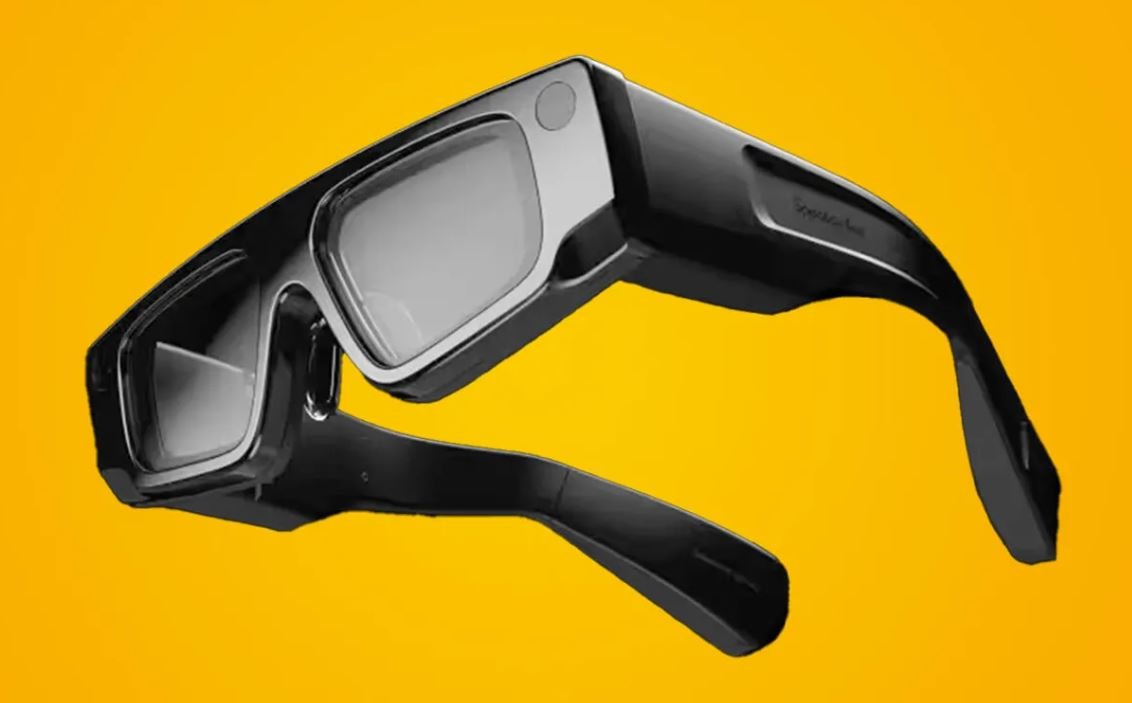Rise and Shine Sleepyhead: Exploring the Illuminating Realm of Sunrise Simulating Lights
In a world where the daily hustle often commences with a jolting alarm, the idea of waking up gradually to simulated sunlight has gained traction. Enter the wake-up light – a device designed to replicate the natural sunrise, offering a more tranquil and invigorating start to the day.

1. The Science Behind Wake-Up Lights:
At the heart of wake-up lights lies an understanding of our circadian rhythm, the body’s internal clock regulating the sleep-wake cycle. These lights capitalize on this knowledge by gradually intensifying the light, mirroring the sunrise, and signaling the body to reduce melatonin production.
2. Do wake up lights really work:
Once detected at dawn, light of sufficient intensity helps to suppress your levels of melatonin. This may make you feel less tired. You don’t really need a special clock to wake yourself up with light—any ol’ lamp with a timer will do.
3. Emulating Sunrise for a Gentle Wake-Up:
Traditional alarms can shock the body awake, inducing stress and abrupt transitions from sleep to wakefulness. Wake-up lights, conversely, softly increase in brightness over a predetermined period – typically 20 to 30 minutes – mirroring the natural dawn. This gradual awakening minimizes sleep inertia, that groggy feeling after a sudden awakening, fostering a more revitalized start to the day.

4. Benefits Extending Beyond Mornings:
The perks of wake-up lights go beyond the morning routine. Users often report enhanced mood, increased alertness, and a more positive outlook throughout the day. By aligning the internal clock with the external environment, these lights contribute to improved sleep quality and overall well-being.
5. Personalized Awakening Experiences:
Modern wake-up lights offer a range of customizable features. Users can determine the duration of the sunrise simulation, light intensity, and, in some models, even the color temperature. Some devices incorporate nature sounds or FM radio, providing a tailored and soothing wake-up experience.
6. Battling the Winter Blues:
Wake-up lights also prove beneficial in addressing Seasonal Affective Disorder (SAD), a form of depression occurring during darker winter months. The gradual increase in light provided by wake-up lights helps alleviate symptoms associated with this condition, such as low energy and mood swings.
7. Elevating Sleep Hygiene:
Beyond enhancing the waking experience, wake-up lights contribute to better sleep hygiene. By aiding in establishing a consistent wake-up time, these devices assist in regulating the sleep-wake cycle, promoting a more structured and restful night’s sleep.
8. Integration with Smart Technology:
In the era of smart homes, wake-up lights have embraced connectivity. Many models feature Bluetooth or Wi-Fi, enabling users to control the device through mobile apps. This integration allows for remote control, personalized wake-up settings, and synchronization with other smart home devices.
9. Sustainability and Energy Efficiency:
With a growing focus on sustainable living, wake-up lights commonly incorporate energy-efficient LED technology. These lights consume minimal energy compared to traditional bulbs, contributing to environmental preservation and cost savings for users.
In Conclusion:
The wake-up light transcends the conventional alarm clock; it represents a holistic approach to initiating the day on a positive note. By seamlessly merging technology with the natural rhythm of our bodies, these lights offer a gentler, more harmonious start to the day. As self-care and well-being take center stage, the ascendancy of the wake-up light signals a mindful shift towards a more enlightened and intentional commencement of our daily journey. So, why not welcome the sunrise into your waking hours tomorrow? It’s time to rise and shine, naturally.




![Snapchat Spectacles (5th Gen) [Top Features Unveiled] [2024] Snapchat Spectacles](https://barefootclimb.com/wp-content/uploads/2024/10/Snapchat-Spectacles-150x150.jpg)






